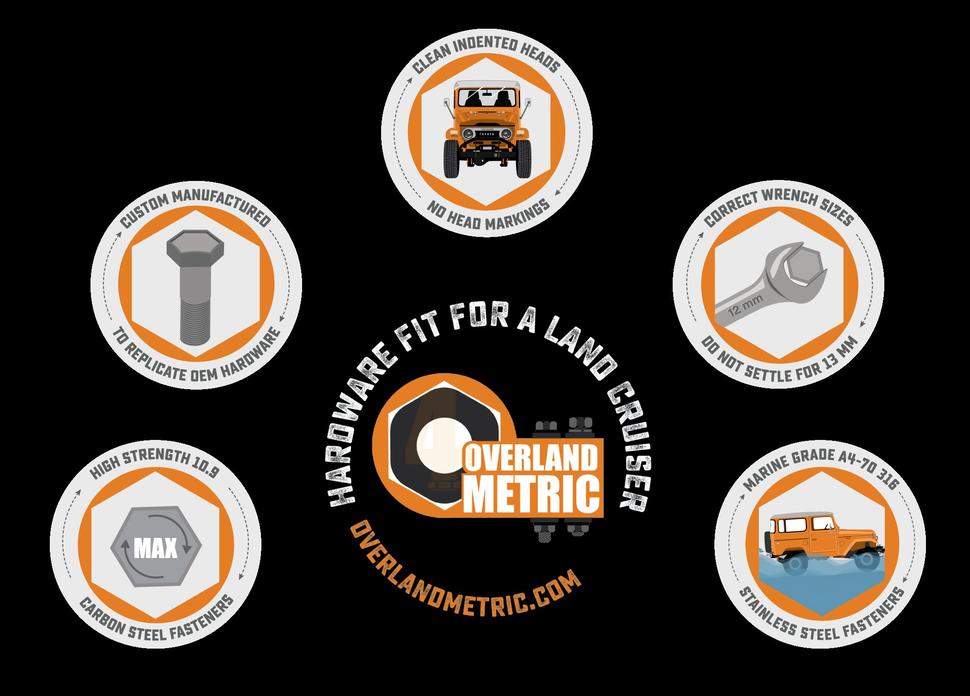Playing catchup here with the documentation, my dad and I got about 2 full days (~12hrs) and 1 half day (~8hrs) in the shop on this and then I got about another half day by myself yesterday. I thought 3 days would be enough to take this project from start to finish but reverse engineering the case then prototyping new parts is obviously slow going. Things are looking good right now but there's still some stuff to sort out.
Day 2 was the half day and we spent it making what I have decided to call the "shift flags", which are the little pieces that engage with the tab on the shift lever. In most applications they are forged right into the rail and machined in place but one of the FJ Cruiser rails has a slip fit flag that is pinned in place, I stole that design to simplify the machining process. We started with the rough blanks from the previous day and tossed them in the mill to start defining the remaining features.
The blanks with the old VF1 rails we are using for reference dimensions.
Since the flags are also going on a 15mm shift rail we used one of the old ones for alignment in the vice.
First job was getting the thickness down to match the originals. This isn't a super critical dimension, especially since I'll be using twin sticks with this case so after some rough measurements we crept up on the finish size and called it good when a straight edge would sit flush across the new flags and our reference surface on the VF1 shift rail.
Then we put the slots in it that the shifters will actually engage with. I don't have any good pictures but these are square with the other surfaces on the shift flag. The slots on the factory Toyota parts are actually cut at an angle for clearance because the single shifter sits in the middle of them and pivots as you go through the "J-shift" pattern, so the whole shifter assembly is always at a slight angle. Twin sticks don't need to take that into account because each shifter only moves forward and backwards.
When test fitting the blanks the previous evening I noticed that they interfered with the planetary reduction assembly and would not rotate down to be parallel with the top of the case.
This was remedied with a large scallop from a 3/4" ball nose endmill, we guessed on the clearance and luckily it worked out when I test fit everything later.
The parts were done after that except for the holes for roll pins which will be one of the last things I do at very end of the project. The only thing left was to test fit.
The complete shift flags on the bench after deburring.
Seeing how they look in the shifter hole.
\
Here's the effect of the clearance scallops we added. It's a little difficult to get a good before/after but you can kinda tell that they are now parallel with the top of the transfer case.

www.amayama.com

